The Best Country Albums of 1985, Part 1
David with a big tent take on the year in country music, forty years ago
1985 was something of a transitional year for country music. A few country stars from the early part of the decade were still huge. Readers of People magazine, for instance, voted Alabama their favorite group that year—not country group, mind you, just group. For the most part, though, country’s most recent crossover spree, aka Urban Cowboy, had ridden off into the sunset, herding adjacent late countrypolitan sounds along with it. At the same time, many of the country acts that we most associate with the best of the 1980s, so-called New Traditionalists included, hadn’t yet shown up. Randy Travis’ signature single, “On the Other Hand,” was released in 1985 but wouldn’t become a radio hit until right around the time his classic album debut, Storms of Life, hit stores the following summer. Album debuts from Dwight Yoakam, Steve Earle, the O’Kanes, and Lyle Lovett, not to mention the radio return of Rodney Crowell, were all still a year away. Earle later dubbed that moment-to-come as Nashville’s “Great Credibility Scare.”
Bak in 1985, what I’ve dubbed “The Great Roots Rock Scare” was already well established, touching not just country music but also Billboard’s pop singles and album charts (think Bruce Springsteen’s Born in the U.S.A., released in 1984 but still barreling along in ’85, just for starters). And don’t forget the host of punky roots rockers who’s fingers were half crossed they might somehow make the leap beyond college radio: Lone Justice, Green on Red, the Blasters, Jason and the Scorchers, X, Marshall Crenshaw, Beat Farmers, Beat Rodeo, Meat Puppets, the Long Ryders and quite a few more—and that’s not even counting all the cow-punks and other country-curious college radio outfits who’d already released albums in the time since Elvis Costello put out Almost Blue in 1981. Plus, that September, Willie Nelson, Neil Young and John Cougar Mellencamp gathered an impressive lineup of mainstream rock and country stars, as well as a wide array of roots rockers, for the debut Farm Aid concert, raising funds for struggling family farmers, in Champagne, Illinois.
The Best Country Albums of 1985 included a little bit of “all of the above.” So: Here are my 13 favorite country albums from forty years ago. As we’ve done for earlier installments of this series (from 1964, 1973, 1993 and 1994), I’m going big tent here because it’s more fun, because no fences (if you’ll pardon the expression) is the way we tend to listen, and because it’s truer to the genre’s complex origins and influence. (Next week I’ll share a few dozen runners-up in a Best Country Albums of 1985, Part 2, which is where the fun happens. IYKYK.)
The Blasters – Hard Line
The fourth and final album from The Blasters is also my favorite from these rock ‘n’ roll revivalists. One thing I like it about Hard Line is that it leans away from pure revivalism, for one thing, and in the direction of sounds from the roots-leaning mainstream. The Blasters never joined John Mellencamp on Top 40 radio, of course, but their go at Mellencamp’s “Colored Lights” would have segued perfectly there with the Coug’s “Small Town.” Throughout Hard Line, the band (with assists from grounded guest stars David Hidalgo, Stan Lynch and the ever-lovin’ Jordanaires) keeps the rock ‘n’ roll grounded and growing as a still ongoing vernacular American music. The writing is strong throughout, too, due in part to a couple co-writes from X’s John Doe but mostly thanks to Dave Alvin’s best batch of songs yet. Brother Phil Alvin yowls eerily through “Dark Night,” a murder ballad about an interracial romance, and tries to seduce a girl in “Help You Dream.” On the record, he fails on that front, but I’ll bet he charms the pants off you.
The Bluegrass Album Band – The Bluegrass Album, Volume Four
The Bluegrass Album Band was known as a supergroup, but in bluegrass terms even that high-ceiling descriptor feels like an understatement: Tony Rice on guitar and lead vocals, Doyle Lawson on mandolin, Jerry Douglas on Dobro, Bobby Hicks on fiddle, bassist Todd Phillips, and J. D. Crow on the banjo. Half of that line up, you’ll note, were members of The New South, so the album opens with a Jim Croce deep cut, just to remind you of their newgrass bona fides. But the point of this on-and-off studio project was to keep it trad. So, they cover Bill Monroe (including the best version of Hicks’ Monroe co-write “Cheyenne),” Lester Flatt and Earl Scruggs, and Zeke Clement’s “Nobody Loves Me,” which, for what it’s worth I’ve always thought of as the nearest to straight pop of Monroe’s proto-bluegrass sides. Essential.
Rosanne Cash - Rhythm and Romance
The complex country syntheses that Rosanne Cash and her producer and then-husband Rodney Crowell fashion here—blending new wave, synth pop, hard rock, late countrypolitan, old-time rock and roll and more—is low-key brilliant. Swap in the appropriate color instrument or play with the mix just right and every cut here could have as easily been sung by Rachel Sweet, Pat Benatar, or the Pointers. “Pink Bedroom,” written by John Hiatt, keeps threatening to become “R.O.C.K. in the U.S.A.” A No. 1 single from the album, “Never Be You,” was a Tom Petty/Benmont Tench cowrite while another, “I Don’t Know Why You Don’t Want Me,” was from Cash/Crowell and the songs sound of a piece. My favorites, “Second to No One” and “Hold On” were both No. 5 hits, both by Cash, both totally of their country-pop moment yet somehow timeless.
Marshall Crenshaw – Downtown
Like you and everyone else, I pick Marshall Crenshaw’s self-titled debut as his finest, but with half a century of listening in the books, I also want to stress that Downtown, his third album, is right there with it. Producer T-Bone Burnett nicely updates what always gets identified as Crenshaw’s Buddy Holly-inspired rock-pop-and-soul (but what I’ll wager owes at least as much to Ricky Nelson) in ways that neither muffle his subtly conversational songwriting nor date it. “The Distance Between” captures that knife’s edge between forever-after and it’s-over, “Little Wild One (No. 5)” makes rockabilly modern, while both “I’m Sorry (But So Is Brenda Lee)” and “Lesson Number One” (think Lee’s “Fool #1”) embrace and extend rock balladry’s ties, both sonically and oh-so-emotionally, to the Nashville Sound.
Skeeter Davis and NRBQ – She Sings, They Play
As Charles noted last year when writing about a recently reissued “Deluxe Edition” of She Sings, They Play, the album is at once expertly playful and playfully expert. The album’s ambitions are modest—good singing, good playing, fun—and it exceeds them all. It features borrowed guitar licks from Chet Atkins, real-thing pedal steel licks from guest Buddy Emmons and, on “Everybody Wants a Cowboy,” Skeeter Davis plays an aspiring country star impersonating someone named “Skeeter Davis. Also: funny songs that turn sad before turning scary, a children’s song sung to a dead daddy, some parlor harpsichord, and “country trombone.” Every cut’s as unfancy as the album title and comfy as a couch.
Green on Red – Gas Food Lodging
Arizona’s Green on Red were an early addition to the so-called Paisley Underground, but by their third full-length they’d transformed into a kind of Creedence Crazy Horse Revival, with lead singer Dan Stuart whining away like Bob Dylan’s drunken, adenoidal little brother, his songs making your every loss a metaphor for America (or maybe that should be vice versa), and the perfectly sloppy band, including keyboardist Chris Cacavas and guitarist Chuck Prophet, play what Trouser Press critic Ira Robbins called “a mangy cowpoke hybrid” and what The New York Times’ Robert Palmer determined was “rock-and-roll [understood] as genuine American folk music - deeply rooted in tradition, timeless, yet thoroughly contemporary.” It’s often pretty dark stuff, about serial killers and benders that turn violent and suicidal ideations. “Black River” is a band on-the-road song that’s pure weariness. “Sixteen Ways” is from the perspective of some old dude who’s had to bury all his kids, “now it’s time to barricade.” The band transforms “We Shall Overcome” (yes, that one) into a glorious bar-band anthem for the hard, cold Reagan era—and maybe for ours too. One of my favorite albums, and bands, ever.
Merle Haggard — Kern River
The title track is a scarifying embodiment of devasting personal loss and Reagan-era limits, but gorgeous too. Its slow pulse and starlight synths suggest a country Quiet Storm while the sexy “Natural High” (with Janie Fricke) and “There Won’t Be Another Now” do more than suggest. Meanwhile, the hoary western swingers (“Big Butter and Egg Man,” “The Old Watermill”) that alternate here with all the horndog pillow talk, find a beat so light and airy that anyone two-stepping along must surely be hovering above the hardwood. His last great album until If I Could Only Fly in 2000.
George Jones – Who’s Gonna Fill Their Shoes
This one will always have a special place in my heart. Who’s Gonna Fill Their Shoes was the first in the moment Jones album to appear after Elvis Costello encouraged me (maybe you too?) to deep dive my way through his back catalog. To have so recently immersed myself in everything from “Why Baby Why” to “He Stopped Loving Her Today” only to encounter him still going strong on the radio made me the Jones fan I am today. “The One I Loved Back Then (The Corvette Song),” a one-and-a-half entendre novelty, lands creepier these days than back then but still speeds along nicely. “Somebody Wants Me Out of the Way” is probably Jones’ most harrowing late hit. “Just When” (as in, “Just when I learned to dance, they changed the music” and so on) landed like mere metaphor in my twenties but now feels a bit more material. I’m not being nostalgic, understand. Just allowing, in the way sixty-somethings can, that time changes shit. Who’s gonna fill Jones’ shoes? I’ve been around long enough to know the answer is no one. That’s okay. Tomorrow will bring wonders of its own.
The Judds - Rockin’ with the Rhythm
The second Judds album may not be quite as strong as their debut the year before, but it sure comes close. The emphasis here lands on the title’s two R’s. “Have Mercy” let’s Wynonna try out the blues mama side that would become an obsession. Mother and daughter countrify Lee Dorsey’s “Working in a Coal Mine,” and their “Rockin’ with the Rhythm of the Rain” and “Cry Myself to Sleep” have them once more suggesting the Everly Sisters. All of those were No. 1 country hits, and each was roots rock though twanged up enough so that maybe you wouldn’t notice? A fourth chart topper off the album, “Grandpa (Tell Me ‘Bout the Good Old Days),” is arguably their masterpiece. It’s a major missed opportunity that no one’s yet done an answer song from the point of view of Grandpa, rockin’ out on the porch while kindly disabusing us of our naivete.
Lone Justice – Lone Justice
Lone Justice was, if only briefly, one of the more high-profile beneficiaries of “The Great Roots Rock Scare.” They were championed by David Geffen and had their first single, the venomous “Ways to Be Wicked,” written for them by a couple of producer Jimmy Iovine’s pals, Tom Petty and Mike Campbell. A young Maria McKee bounced and bellowed out front, but the men backing her—guitarist Ryan Hedgecock, drummer Don Heffington and bassist-and-more Marvin Etzioni—fashioned twang-rock that anticipated any number of country sounds ahead—from Headhunters, Tractors, Satellites and their like. Big-voiced McKee melodramas like “East of Eden” and “Soap, Soup and Salvation” are still delightfully theatrical, in the cinematic and Broadway senses both, but I like her more human-sized pleadings best. “Don’t Toss Us Away,” written by her late brother and Love guitarist Bryan McClean, became a 1989 hit for Patty Loveless.
Reba McEntire – Have I Got a Deal for You
Reba McEntire is always at her best singing about grown-up losses, and this album, one of her best, is grown ass. A Top 10 hit, the open-hearted title track, or is it just open to comprise, takes on romantic second chances, fancifully a la Dolly’s bargain store but with no punches pulled: “Sure, I’ll admit it’s been used a time or two…” Another Top Ten, the rare Reba-original “Only in My Mind,” presents a going-through-the-motions marriage where even infidelity is just another dream that hasn’t come true. She sounds distinctive here as always, and sounds great, gracing her phrases with high-lonesome melisma but without ever over singing. The band and production are right there with her (She’s sharing producer Jimmy Bowen, and most of a band here, with labelmate George Strait), but keep a special ear out for star session fiddler Johnny Gimble, who is on fire.
John Cougar Mellencamp – Scarecrow
I loved this album in the moment, and it’s only grown in my estimation across the last forty years. The arena roots rock of “Rain on the Scarecrow” channels CCR (in the very year John Fogerty had a Top 40 country hit of his own) while also becoming the song most associated with issues that led to the Farm Aid concert that fall. The song also makes ambivalent connections between tradition and class that, give or take Merle Haggard, country singer-songwriters are still playing catch up to. Drummer Kenny Aranoff (who, while we’re on the subject, has been Fogerty’s go-to drummer for much of this century) plows a deep row throughout—except on “Grandma’s Song,” which makes a connection between “Rain on the Scarecrow” and “Small Town,” the theme of which countless country acts are still running with, sans the ambivalence that makes it sing.
George Strait – Something Special
Back in the day, and ever since, some folks have complained that George Strait albums sound kinda samey. The man does stick to his sweet spot—a smooth blend of honky-tonk, western swing and country-pop. The differences, album to album, show up in what parts of that blend he’s emphasizing and what themes dominate. Here on Something Special, just the fifth studio album in a catalog that’s now up to 34, he leans harder into the Tommy Duncan-inspired western swingers (“Dance Time in Texas,” “Last Time the First Time,” “In Too Deep,” and No. 3 hit “You’re Something Special to Me”) and into gut-punch guilt far more often than you’d expect: His version of Wayne Kemp’s “Haven’t You Heard” is harrowing while his “I’ve Seen that Look on Me (a Thousand Times)” confesses that fingers of blame point all around. The big hit, though, was Strait’s version of Dean Dillon’s “The Chair,” which, besides being an indelible pop ballad, predicts a big chunk of the Garth Brooks aesthetic to come, hokey and knowing at once.
If you like what you’re reading here, please think of subscribing to No Fences Review! It’s free for now, although we will be adding a paid tier with exclusive content soon. Also, if you’d like to support our work now, you can hit the blue “Pledge” button on the top-right of your screen to pledge your support now, at either monthly, yearly, or founding-member rates. You’ll be billed when we add the paid option. Thanks!






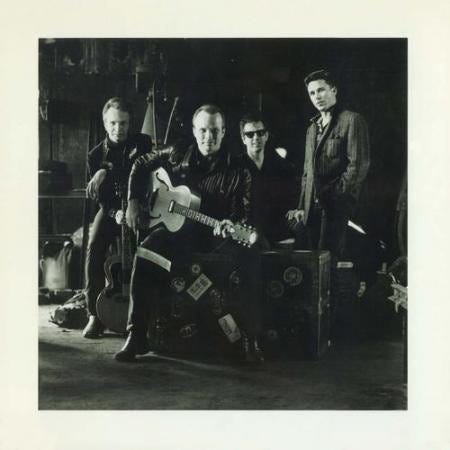
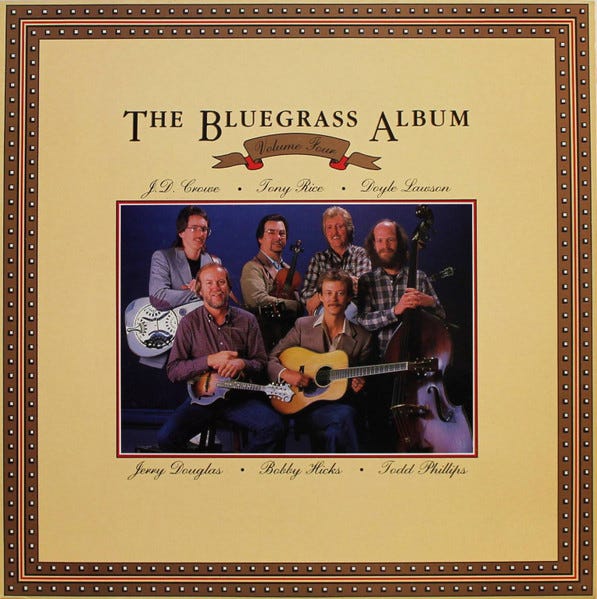
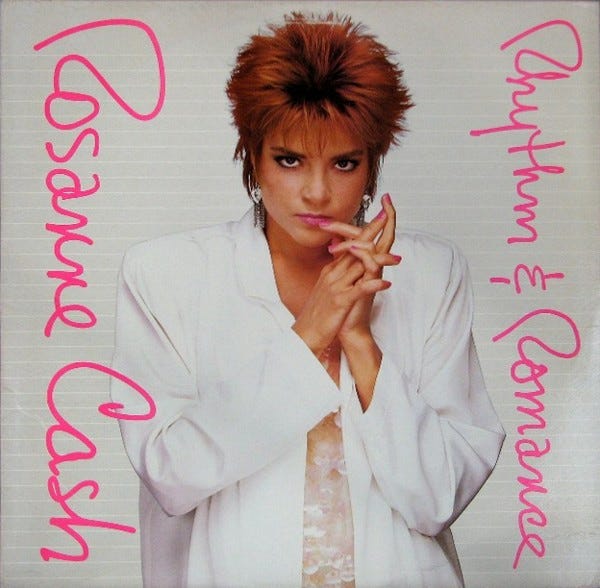
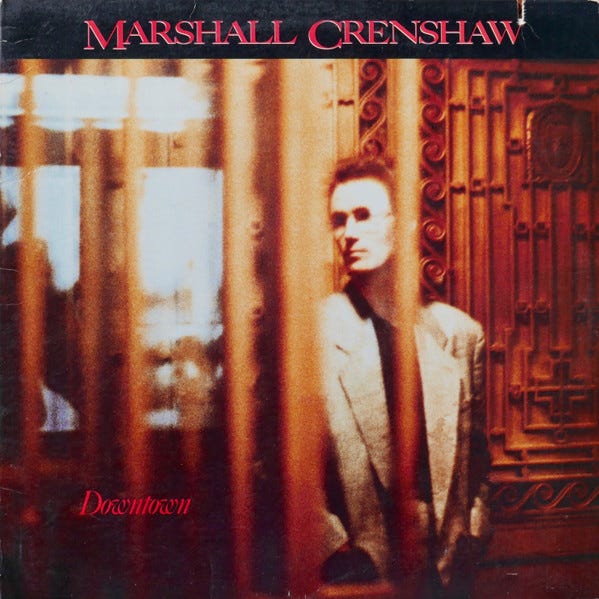


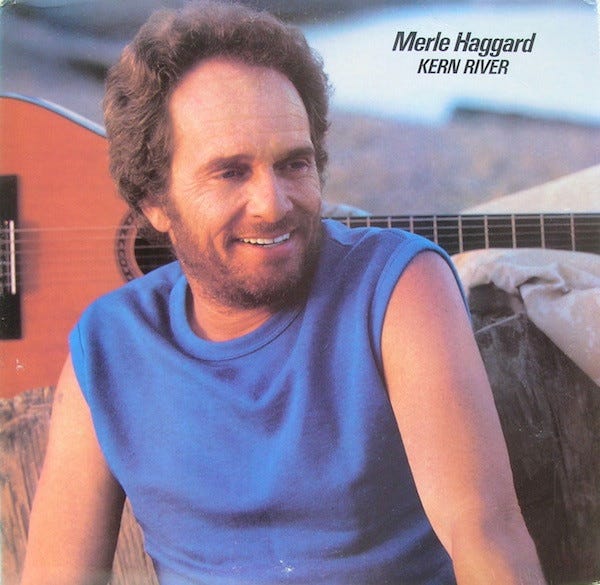
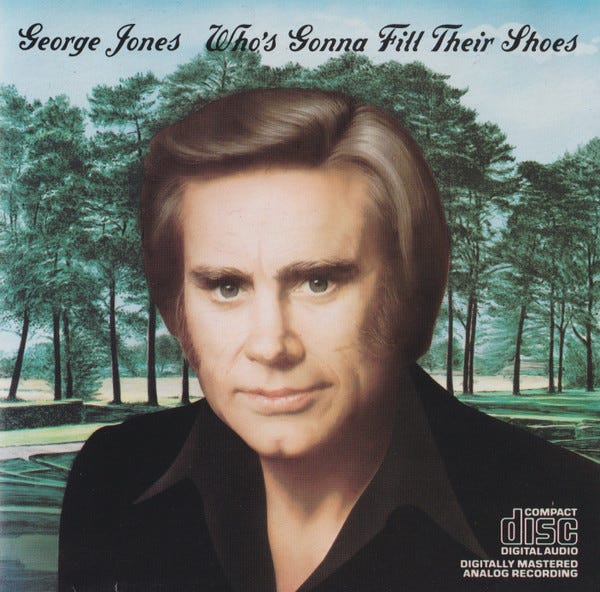
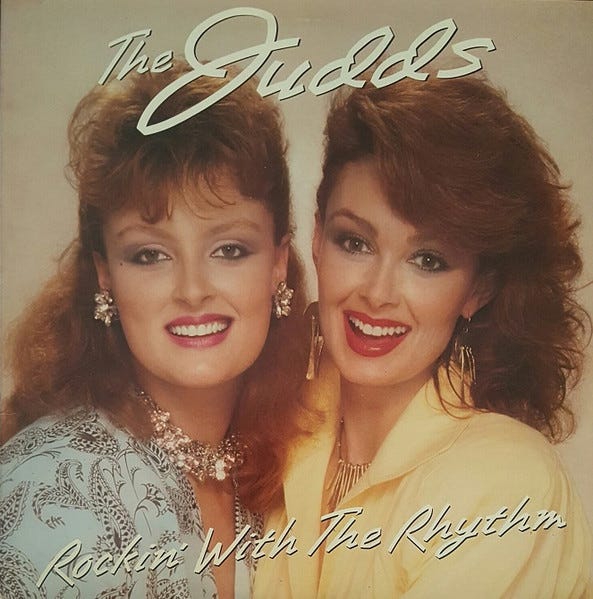

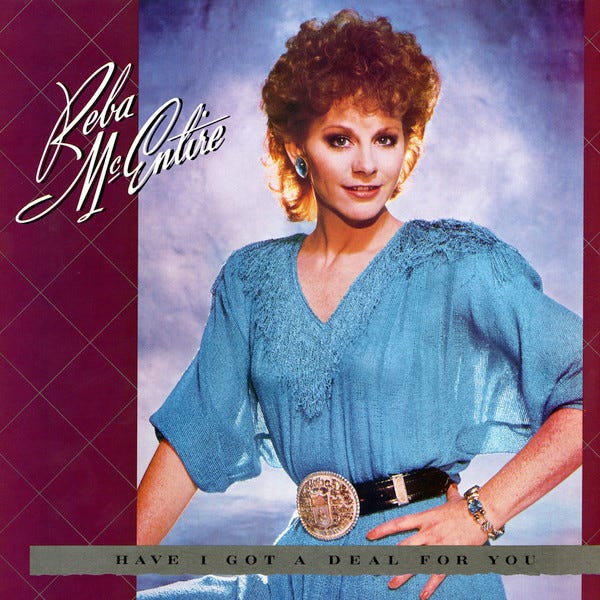
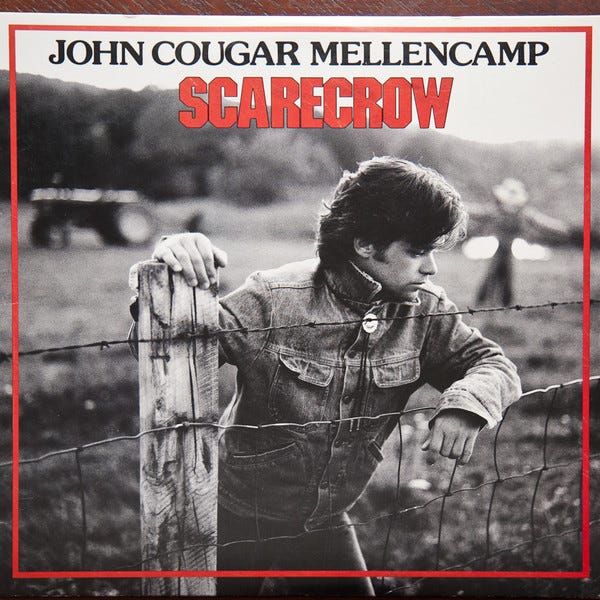
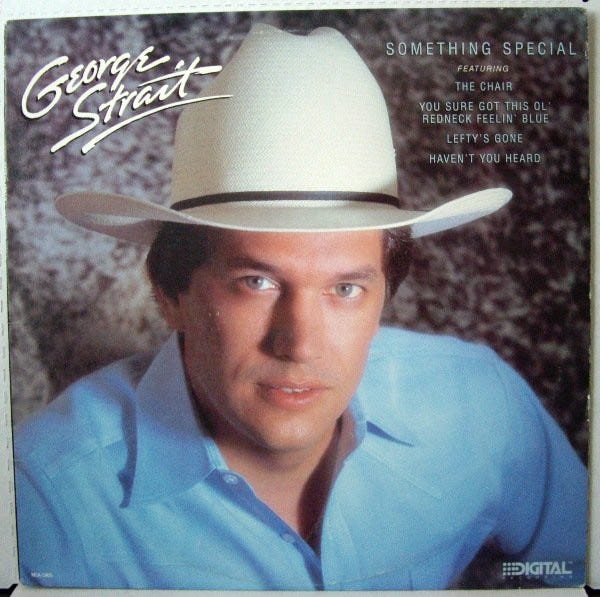
Wow, I don't know that I've listened to that Rosanne Cash album, and that song sounds great.
A fine list. I need to listen to all of these, along with the other hundreds of items socked away in my Spotify queue and YouTube Watch Later playlist!